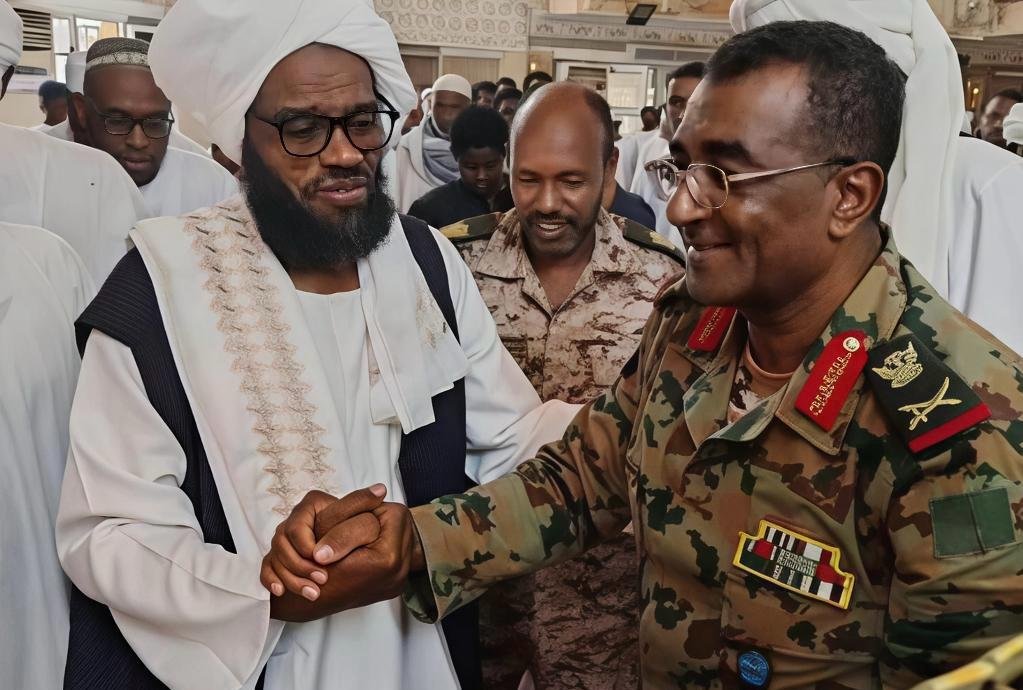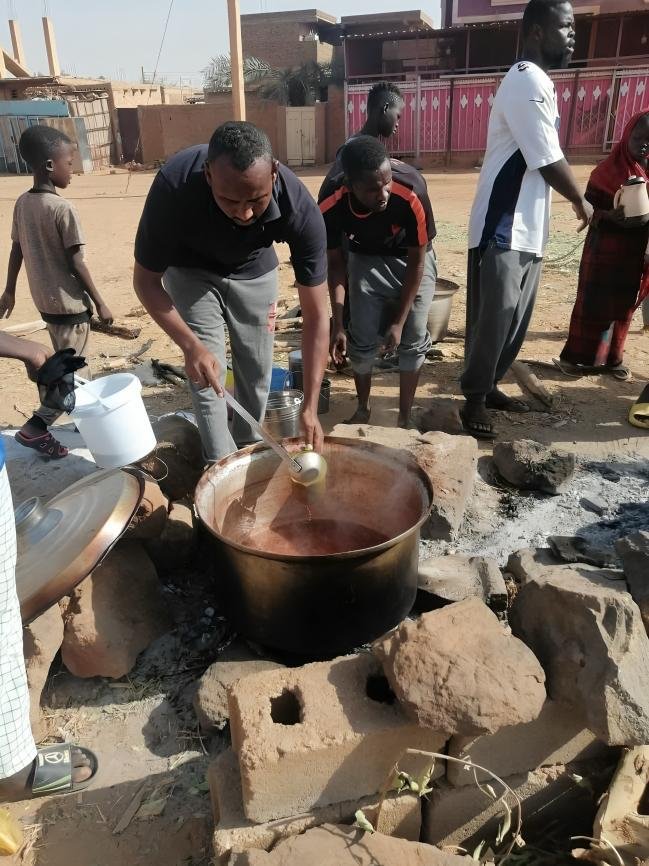Report: SPT
The war in Sudan between the Sudanese Army (SAF) and the Rapid Support Forces (RSF) has entered an even more dangerous phase, with reports indicating the potential use of chemical weapons by the army in the ongoing conflict since April 15, 2023. These developments come amid the escalation of the humanitarian crisis, where severe violations against civilians by the army in the Gezira State have been recorded, described as the worst in a series of reciprocal violations by both sides. These actions exacerbate the suffering of civilians and raise growing international concern over both parties’ adherence to international humanitarian law and the principles of human rights protection.
Reports on the Use of Chemical Weapons
On Thursday, January 16, The New York Times published a report based on information provided by four unnamed senior U.S. officials, who stated that the Sudanese military “used chemical weapons on at least two occasions against the Rapid Support Forces (RSF).” According to the newspaper, these weapons “were recently used in remote areas of Sudan,” targeting RSF personnel. The U.S. officials also expressed “concern” that the chemical weapons might soon be used in densely populated areas of the capital, Khartoum.
Two of the American officials revealed that the chemical weapon used by the Sudanese military appeared to be chlorine gas.
It is important to note that, while chlorine is commonly used safely in daily life (such as for water purification), it becomes a toxic and dangerous substance when employed as a chemical weapon. Inhalation of chlorine gas causes damage to the respiratory tissues, leads to fluid buildup in the lungs, and prevents the proper exchange of oxygen, ultimately resulting in death by asphyxiation.
The officials also added that the use of chemical weapons by the Sudanese military was limited to a narrow group within the military, but it was clear that General Abdel Fattah al-Burhan had authorized their use.
Questions Surrounding the Use of Chemical Weapons in Khartoum
After a report about the military’s use of chemical weapons was published, videos surfaced on social media from Khartoum, the Sudanese capital, reportedly from the second quarter of the previous year. The videos show army personnel wearing protective masks that had not been used in the conflict before. They are seen inside a room in a tall building, aiming their rifles through a window after loading them with large capsule-like projectiles that release dense smoke upon firing. This sparked widespread debate on social media regarding the possibility that these could be chemical weapons.
A retired Sudanese weapons expert, whose testimony aligns with an unofficial international account, stated: “It is not a chemical weapon, but it can be considered a chemical weapon at the same time.” He explained that the projectile is a military-grade tear gas (Military Grade Tear Gas). He noted that this type of gas is several times stronger than the gas used by police in riot control in some countries, as it contains more concentrated active chemicals.
He emphasized that using this type of gas can lead to serious health complications, especially if deployed in enclosed spaces or near gatherings of vulnerable civilians, such as children, the elderly, and the sick, potentially resulting in fatalities.
Furthermore, he added that this military-grade tear gas is not permitted for use in many situations, as it can be misused in ways that violate international laws, particularly under the Geneva Conventions, which prohibit the use of chemical weapons in warfare.
Field Testimonies of Airstrikes Suspected to Involve Chemical Weapons in Darfur
After significant challenges caused by power outages and communication difficulties in El-Daein, East Darfur State—one of two towns, alongside Al-Kuma in North Darfur, where the Sudanese army is suspected of using chemical weapons—we managed to establish contact with members of the city’s Emergency Room. This initiative is a voluntary effort by healthcare workers providing aid to the wounded and injured.
One of the volunteers, a second-year medical laboratory student before the war, spoke to us via WhatsApp using the Starlink service. For security reasons, we chose not to reveal his name. He stated, “In late October, we received victims from several families following an airstrike on their homes. They suffered from severe convulsions and extreme difficulty breathing. Due to the lack of ventilators, 11 people died, including 5 children and 3 women.”
Another volunteer, a fourth-year medical student, reported hearing from colleagues in Al-Kuma about similar incidents in which numerous people died from asphyxiation after airstrikes in December.
Both volunteers agreed that the fatalities in these areas coincided with aerial bombardments targeting residential neighborhoods. The medical student added, “It is impossible to pinpoint the exact cause due to the lack of diagnostic equipment and the near-total shutdown of hospitals following their bombardment.”
As the war in Sudan takes a more dangerous turn, Sudanese democratic forces are calling for an urgent independent international investigation to uncover the violations and ensure accountability for those responsible. It is crucial that international pressure is exerted to halt the conflict and return to the negotiating table in order to guarantee the country’s stability and protect civilians.
Should the use of chemical weapons and other crimes against civilians be confirmed, they will add to a long list of violations that require immediate international intervention. The international community must take effective steps to protect lives, ensure the accountability of perpetrators, and provide necessary humanitarian assistance to those affected.




